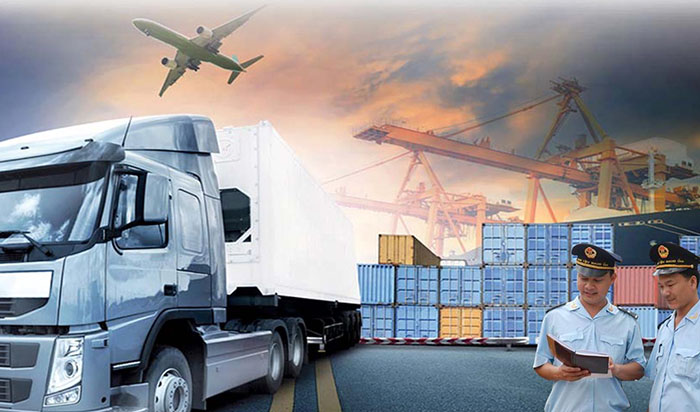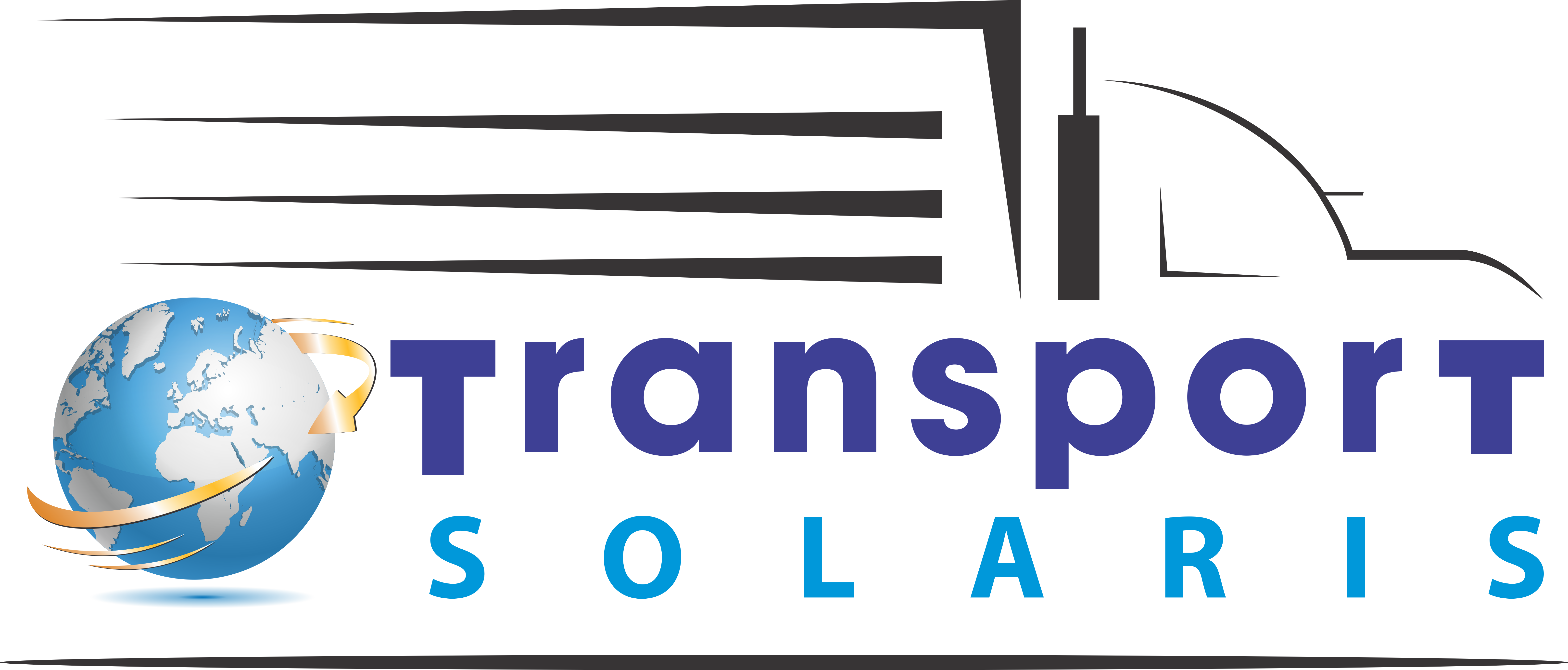Customs procedures are essential processes that ensure the legal and safe import and export of goods across borders. In Vietnam, these procedures are governed by the Customs Law, which outlines the necessary steps that both the declarants and customs officials must follow for goods to clear customs successfully

(picture: kinkinlogistics.com)
The primary steps in the customs clearance process include:
1. Filing a Customs Declaration: Importers must submit a customs declaration form along with required documents, such as invoices and shipping documents, to the customs authority. This process often involves using electronic systems for efficiency.
2. Document Verification: The customs authority reviews the submitted documents to ensure compliance with legal requirements. This phase includes verifying product classifications, values, and origin.
3. Physical Inspection: Depending on the “traffic light” system, the shipment may be subjected to a physical inspection. Goods flagged for inspection must be presented to customs officers, which can include verifying the quantity and quality of the goods.
- Green channel: you only need to take the declaration to the clearance if the result is green channel.
- Yellow channel: Your documents will be submitted by the delivery staff to the customs office to register for procedures. Whether your documents are valid or not will be assessed and confirmed by the customs. If your documents are invalid, the customs will register to return them and request additional documents and related certificates and then resubmit them. When there is no doubt, the order information will be registered by the customs and entered into the system and customs clearance will be carried out. If there is still doubt, your documents will be transferred to the red channel.
- Red channel: When the declaration is in the red channel, the delivery staff will check the system to know the declaration inspection information. The delivery staff will arrange for an officer to conduct the inspection. After this process, if the goods are as declared and there is nothing suspicious, the inspection officer will enter the declaration into the system to proceed with customs clearance. In case the goods are not as declared, the customs officer will submit it to the superior for advice and resolution.
4. Tax and Fee Assessment: The importer must pay relevant import taxes and fees as determined by the customs authority. Payment can be immediate or managed through bank guarantees.
5. Release of Goods: Once all documentation is approved and taxes are paid, customs issues a clearance notice, allowing the goods to be released from customs control.
Each step is crucial in ensuring that goods are compliant with the local laws while also protecting national interests by preventing the illegal importation of restricted items. Understanding these procedures is vital for businesses engaging in international trade .
